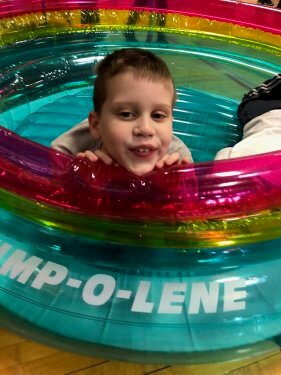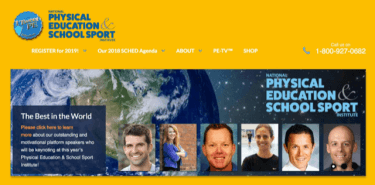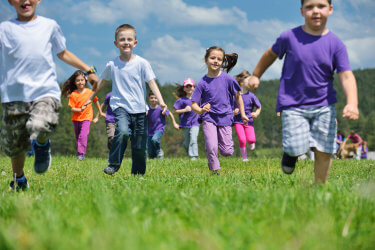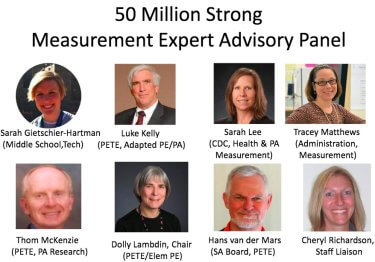The intentional practice of teaching social emotional learning (SEL) in physical education is not a new concept. In the past five years, numerous articles have been published in the Journal of Physical Education, Recreation, and Dance (JOPERD) and Strategies on the topics of SEL, cooperative learning, and the affective domain. Each article provides basic information about the topics and offers strategies and activities physical educators could do with their students to ultimately focus on a positive school climate.
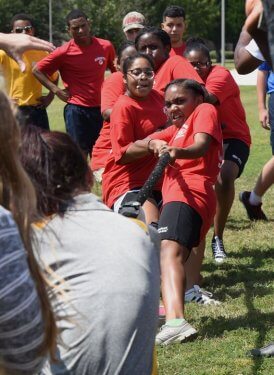
Additionally, SHAPE America facilitated a two-day conference (Exploring the mind-body connection: Social and emotional learning in HPE) in July 2019. This conference was packed with 75 sessions addressing a variety of SEL topics, providing general physical educators (GPE), adapted physical educators (APE), and health educators (HE) with content and hands-on opportunities to engage with colleagues on a variety of SEL concepts (Table 1). One of the goals of the conference was to help attendees intentionally include SEL concepts in classes for the upcoming school year.
Table 1: SHAPE America Two-Day Conference on Social and Emotional Learning in HPE
